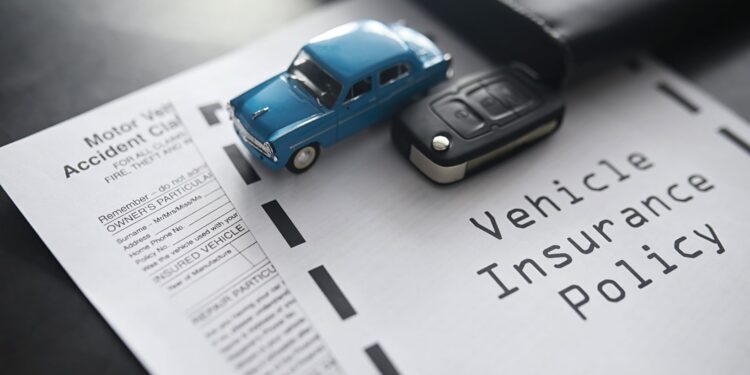The premium in car insurance is a combination of driving history, age, type of vehicle, and even your address. Insurers decide on the charges of premiums according to how big of a risk they perceive you to be on the road; the bigger the risk, the bigger the premium charge. Knowing how such factors may work will prepare you, in turn, for the decisions to enable you to lower your costs. Such would include having a clean driving record or choosing a car with high safety ratings. By knowing what controls your premium, you will be empowered and able to strategically make changes to lower it.
Find the Finest Rates
It is incredibly simple and at the same time one of the most efficient ways to save on car insurance: find the best rates. The prices may be all over the map because each insurance company has its own formula in estimating the premium. You will find a provider who has needed coverage at competitive rates by shopping around. Be sure to look beyond just the month-to-month cost, considering things like deductibles, coverage limits, and customer service reviews as you make an informed decision.
Bundle Policies to Save More Money
Most insurance companies will grant you a discount if you purchase more than one policy, such as your home and auto insurance. This can often simplify your billing, but it may also come with some decent savings.
Actually, bundling can be the case for more help if you already have a certain trust in a specific provider for another type of coverage. However, do not think straight away that bundling is the best deal. Compare standalone car insurance policies to assure yourself that you really get a discount.
Take Advantage of Available Discounts
Most insurance companies offer numerous discounts for the policyholder. These include, but are not limited to, safe driving, defensive driving courses, and even good student discounts. Other companies have a low driver mileage discount or a discount for telematics devices which track driving habits. Make sure to inquire from your insurance company on all the available discounts and ensure taking advantage of the same.
Increase Your Deductive for Lower Premiums
Generally, the higher deductible, meaning money that you have to pay out-of-pocket before your insurance kicks in, means a lower premium. This can be one of the best ways to reduce your monthly cost if you are a safe driver and have savings set aside for emergencies. You will want to make sure, however, to only employ this strategy if you can afford a higher deductible in case you have an accident.
Periodically Evaluation Your Coverage
Insurance needs to change in life. For example, if your car is an older model and has a lower market value, you may want to drop comprehensive or collision coverage.
If you have moved to a safer neighborhood or improved your credit score, you are entitled to lower rates. Sometimes reviewing your policy and coverage will help in ensuring you are not paying for more than actually needed.
Drive Carefully and Have a Good Driving Record
This is one of the most important factors that determines the premiums of insurance. Not being in an accident or having any traffic violations will not only keep you safe but, more importantly, your risk profile with the insurance company will be low. Others even have an accident forgiveness program in place that could keep your first accident from raising your rates. Keep the priorities on safe driving to keep long-term low premiums.
Think of it this way: cheaper car insurance is all about making informed choices in a way that balances affordability with protection. Save big without sacrificing protection by being watchful about factors that raise your premium, by shopping around, securing discounts, and maintaining a clean driving record.
















